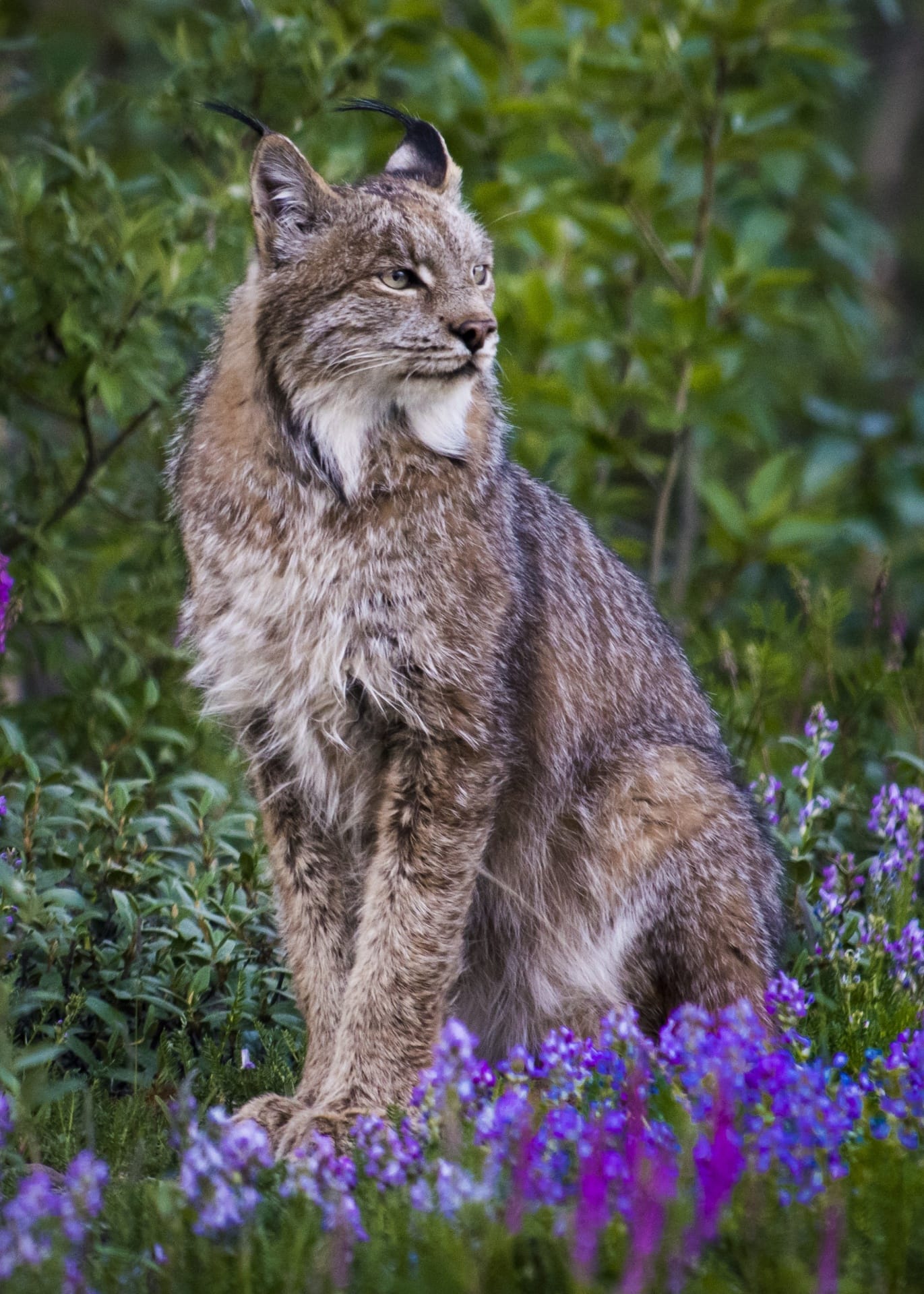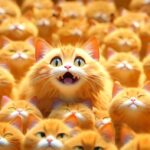Do those captivating images of “bobcat-house cat hybrids” online have you wondering if such a creature truly exists? The internet is rife with speculation, but the reality is far more nuanced. This article delves into the science, genetics, and ethics surrounding this intriguing topic, separating fact from fiction.
The Elusive Bobcat Hybrid: Decoding the Facts
The idea of a miniature bobcat lounging on your sofa is certainly appealing. However, the science behind feline hybridization suggests that a true bobcat-house cat hybrid is incredibly rare, bordering on nonexistent. [https://www.lolaapp.com/black-mouth-cur-pitbull-mix]
Genetic Incompatibility: A Biological Barrier
Bobcats (Lynx rufus) and domestic cats (Felis catus) are genetically distinct, despite belonging to the same Felidae family. Their chromosome counts, while both 38, differ in arrangement. This fundamental incompatibility makes successful interbreeding extremely improbable. Think of it like trying to combine puzzle pieces from two different sets – they simply don’t fit. Even if fertilization were to occur, the resulting embryo would likely be non-viable due to these genetic discrepancies.
Lifestyle and Habitat: Worlds Apart
Beyond genetics, the vastly different lifestyles and habitats of bobcats and house cats further hinder natural interbreeding. Bobcats are solitary, territorial animals roaming vast wilderness areas. [https://www.lolaapp.com/canis-lupus-occidentalis] House cats, on the other hand, are often social creatures adapted to human environments. Their paths rarely cross, making natural mating a highly unlikely event.
Look-Alikes: Fueling the Misconception
Certain domestic cat breeds, like the Pixiebob and Maine Coon, bear a striking resemblance to bobcats, with their tufted ears, robust builds, and sometimes short tails. This resemblance fuels the myth of bobcat hybridization. However, these breeds’ wild-looking features are a result of selective breeding within the domestic cat family, not interspecies mixing. Their similar appearance is a fascinating example of convergent evolution, where similar environmental pressures lead to the development of similar traits in unrelated species.
Debunking the Myths: Separating Fact from Fiction
Several persistent myths contribute to the confusion surrounding bobcat hybrids. Let’s address them head-on:
Myth 1: Pixiebobs are Bobcat Hybrids
The Pixiebob, with its distinctive bobbed tail and spotted coat, is often touted as a bobcat hybrid. However, DNA testing has consistently shown no trace of bobcat DNA in this breed. Its wild appearance is attributed to selective breeding within the domestic cat population, focusing on naturally occurring traits that mimic bobcat characteristics.
Myth 2: Any Spotted or Short-Tailed Cat is a Hybrid
While some domestic cats exhibit bobcat-like traits, these features can occur naturally within various breeds. A short tail can be a breed characteristic (e.g., Manx cats), and spotted coats are a common tabby pattern. These traits don’t automatically signify bobcat ancestry.
Myth 3: Bobcats Frequently Mate with House Cats
While anecdotal reports of bobcat-house cat interactions exist, documented cases of successful reproduction resulting in healthy, viable offspring are nonexistent. The significant genetic and behavioral differences between the two species make such occurrences highly improbable.
Identifying a True Bobcat: Key Characteristics
Mistaking a bobcat kitten or a bobcat-like domestic breed for a hybrid is a common error. True bobcats possess distinct features:
- Short, “bobbed” tail: This is the defining characteristic that gives them their name.
- Spotted or striped coat: The markings vary, but are typically more distinct than those found on domestic tabby cats.
- Prominent facial ruff: A noticeable fringe of fur surrounds their face.
- Larger size and muscular build: Bobcats are significantly larger and more powerfully built than even the largest domestic cat breeds.
- Wild Habitat: Bobcats thrive in wilderness areas and are rarely found in residential settings.
Ethical Considerations: The Wild Side of the Story
Even if creating a bobcat-house cat hybrid were scientifically feasible, ethical considerations should give us pause. Introducing wild genes into domestic cat populations raises concerns about animal welfare, conservation, and responsible pet ownership. Bobcats are wild animals with specific needs and instincts best suited to their natural environment. They are not suited for life as house pets.
Attempting to create hybrids could result in animals with unpredictable health issues and behavioral challenges. Furthermore, promoting the idea of such hybrids fuels misinformation and potentially encourages irresponsible breeding practices.
Conclusion: Appreciating the Distinction
While the allure of a “bobcat-house cat hybrid” is undeniable, the reality is that such creatures likely don’t exist. Instead of seeking out a mythical hybrid, we should appreciate the unique beauty and diversity within the domestic cat world and respect the wild nature of the bobcat. Responsible pet ownership involves choosing appropriate domestic breeds and ensuring their well-being, while also advocating for the conservation of wild felines in their natural habitats.
- China II Review: Delicious Food & Speedy Service - April 17, 2025
- Understand Virginia’s Flag: History & Debate - April 17, 2025
- Explore Long Island’s Map: Unique Regions & Insights - April 17, 2025

















2 thoughts on “The Truth About Bobcat-House Cat Hybrids: Unraveling the Myth”
Comments are closed.